By Barrett White
Editor’s Note: Activist Ray Hill passed away on November 24, 2018. Spectrum South would like to extend our utmost gratitude for his lifelong work for Houston’s—and the nation’s—LGBTQ movements.
When large activist movements take the national stage, we tend to think of places like Washington, D.C., Berkeley, California, or, in terms of the LGBTQ equality movement, Stonewall in New York. More than likely, Houston, Texas isn’t the first city you think of as being on the front lines of activism. While a healthy 22,000 protesters took to the streets of Space City during the 2017 Women’s March following Donald Trump’s election, this number paled in comparison to New York City (500,000), Los Angeles (750,000), or Washington, D.C. (680,000). Houston just isn’t that into activism, right?
Wrong. Since the earliest days of the LGBTQ rights movement (even pre-AIDS crisis), the Bayou City has been at the forefront of queer activism in Texas.
Houston’s first two gay bars opened in 1936, when the city was but a moderate blip on the Texas map. The Wagon Wheel Nite Club on Airline and Little York welcomed Houston’s alternative scene to its iconic drag shows for two years before burning down (or being burnt down? We may never know). Closer to the center of town, The Pink Elephant, with its arguably brasher name and better real estate, would remain open for the following 48 years.
By the 1950s, enterprising gays and lesbians founded what would become the Diana Foundation. The oldest continuously-running foundation of its kind in the nation, it is estimated that the Dianas have contributed over $2 million to the local LGBTQ community. In 1965, Robert’s Lafitte opened in Galveston, and is currently the oldest continuously-operating gay bar in Texas. National counter-culture was flourishing, Americans were wondering if or when man would set foot on the moon, and Mary’s, Naturally, a gay bar located in the heart of the Montrose district, would soon become a national icon for its bawdy goings-on in one of the most colorful neighborhoods in Houston.
LGBTQ Houston arrived in the 1970s. Police raids on gay bars weren’t unique to New York—the Houston bars were targeted as well. And in 1977, we followed in our brave Stonewall brethrens’ footsteps and revolted. But this Houston revolt wasn’t a pushback against police—it was in opposition to an orange juice spokeswoman.
The Texas Bar Association selected none other than Anita Bryant to headline their 1977 convention in Houston. Bryant, already a household name for her work as a popular singer and spokeswoman for Florida orange juice, was uniformly denounced by the LGBTQ community for her outspoken opposition to same-sex relationships.
Ray Hill, one of Houston’s leading LGBTQ activists, organized a protest of Bryant’s appearance. While the City expected dozens, Hill knew better. For a city that didn’t typically organize, Houston’s LGBTQ community came through in spades—nearly 10,000 protesters took to the streets outside the Hyatt Regency where Bryant was to perform. The lore suggests that you could hear the march inside the conference hall. From this protest, Houston’s official Pride parade would be born the following year. Perhaps without realizing it, Houston had just experienced its own Stonewall moment.
Hill was no newcomer to activism. He had previously worked with Harvey Milk, affectionately (and professionally) known by Milk as “Our Man in Houston.” Hill’s introduction into activism is a grim and punishing look at the times in which he came of age. A friend of his who was a student at the University of Houston had been discovered by university police in the men’s room with another male student. He called Hill to let him know that he was scared—he evaded the police, but dropped his student ID card. At the time, sodomy laws were still on the books and being gay was, essentially, a crime in and of itself. Hill, with the receiver to his ear, helplessly listened as his friend ended his life as the police pulled into his driveway. Hill recounts the harrowing final moments of that call: “Someone picked up the telephone and said, ‘Hello?’ and I hung up. I vowed to get rid of the criminal laws providing sanctions against homosexual intimacy. That’s pretty strong motivation.”
“I have never given a tinker’s damn about what straight people think about gay people,” Hill says. A student of Malcolm X, he further explains, “Malcolm X didn’t give a shit about what white people thought about Black people. He only cared about what Black people thought about Black people. If you read Malcolm X as a white guy, it’s scary. If you read it from the perspective of a Black person, it’s, ‘Why the hell didn’t someone tell me this before?’”
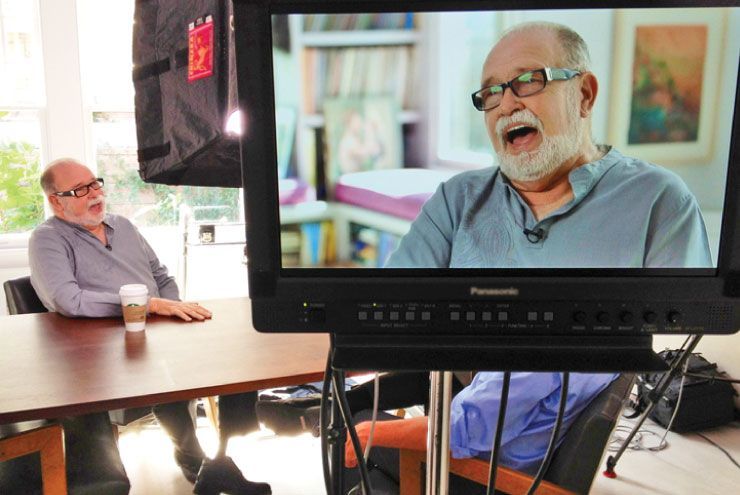
LGBTQ activist Ray Hill in ‘The Trouble With Ray.’ Photo by Proud Pony International.
Following the march on Anita Bryant, the community was fervent as ever. Hill and others organized Town Meeting I (though there wasn’t a second)—a town hall of sorts for the LGBTQ community—at the Astroarena, located in the shadow of Houston’s most iconic image: the Astrodome. The symbolism was clear: Houston was no place for intolerance. The Houston Chronicle would later report that a staggering 6,000 people packed the meeting.
Phyllis Frye, who, in 2010, would become the first transgender judge in the United States (fittingly appointed by Mayor Annise Parker, the first openly gay mayor of a major U.S. city), was but a young, fresh-faced law student at the time of Town Meeting I. She took to the mic with propositions for transgender protections. Her resolutions were the only ones that were debated, while the others passed without question. As Hill recalls, Frye called him upset that the community debated her issues, but as Hill put it, “They will never forget Phyllis’ resolution because it was debated.”
One of the longest-reaching proposals of the evening was the one that founded the Montrose Clinic. LGBTQ folks in Houston were tired of discriminatory healthcare and elected to found their own clinic where they could go and feel free to talk about their own medical issues. Richard and Robert O’Brien, gay twin brothers who were also both doctors, founded the Montrose Clinic as a volunteer organization in 1978, unaware of the health crisis that would hit Houston fewer than five years later.
Not long after Town Meeting I, HIV was spreading in New York and California, though at the time, it had not yet been named. A health pamphlet from 1982 called “Fact Sheet” by the National Cancer Institute rests on the shelves at Rice University’s Fondren Library. It talks cautiously about a strange cancer in Los Angeles, mostly affecting gay men. An AIDS case had not yet been reported in Houston, but health officials, including those at the Montrose Clinic, were already preparing for what came next.
AIDS quickly became a nationwide health crisis, disproportionately affecting the gay community. In Houston, the Montrose Clinic became the only health facility treating those with HIV/AIDS. M.D. Anderson’s HIV clinic shuttered after only two years—a sign that said, to some, AIDS was a lost cause. This didn’t stop the community, however. The Bering Service Community Foundation provided dental care and adult daycare for AIDS patients. Pet Patrol was founded to care for the pets of those battling the virus. The Assistance Fund was launched to help to pay for HIV/AIDS medications. According to the Heritage Society, all three of these organizations are thought to be the first of their kinds in the United States.
Without a cure available, the volunteer staff of the Montrose Clinic could only offer comforting end-of-life care. Many patients were alone in their suffering, with no family to support them. With the public unaware of how the disease spread, many kept their distance and some families outright disowned AIDS patients. Hill was one of the special few who were unafraid. When the Montrose Clinic would call, he would show up to offer comfort to a dying patient, often holding them as they passed.
Weekly, his phone would ring.
Mary’s, Naturally became the epicenter of queer fundraising in the city. Formerly one of the raunchiest spaces in Houston, it was now a place to organize and mourn—what was once the scene of public sex, underwear in the rafters, and a lighthearted weekly Sunday brunch was now the site of nearly 300 memorial services. Though local legend says people were buried in the bar’s backyard patio, owners deny it, saying that while no body was buried at Mary’s, plenty of ashes were spread and coffee-cans-turned-urns are absolutely buried there.
It was 1986 when the socialites of Houston took a stand against AIDS. Allies of the community, like trendsetter Carolyn Farb and celebrity columnist Maxine Mesinger, helped to change homophobic culture by publicly advocating for funding and treatment. Farb, known as the “First Lady of Philanthropy,” hosted “An Evening of Hope,” which shook loose $100,000 in a single evening, despite many of her regular attendees not returning her calls. Mesinger, a member of The Foundation for AIDS Research, brought minds like medical researcher Mathilde Krim right into ground zero of the crisis.
As funding began to trickle in from the outside, determined advocates like Frye worked from the inside. Lovingly thought of as the Grandmother of the Trans Movement, Frye opened her own law practice. As an out trans woman in the 1980s, this estranged her from other law firms. It also helped to hone her skills to become a leading transgender advocacy lawyer. She still practices law today, continuing to represent transgender clients, some as young as five.
Today, The Pink Elephant, the iconic early club at the center of town, is no longer around. At its site is an office building. The Montrose Clinic went on to merge with The Assistance Fund to become Legacy Community Health, now offering a full range of services to the entire community, but never abandoning its LGBTQ roots. Mary’s closed in 2009 after nearly 40 years, its building now home to Blacksmith coffee shop. The backyard patio is now a parking lot.
In 2015, Houston’s LGBTQ community was dealt a devastating blow when the Houston Equal Rights Ordinance (HERO) failed at the polls. Sixty-one percent of voters cast ballots to repeal the City anti-discrimination protections based on sex, race, color, ethnicity, national origin, age, familial status, marital status, military status, religion, disability, sexual orientation, genetic information, gender identity, and pregnancy in employment, housing, and public accommodations. Did this mean that Houston had grown intolerant after all the time we spent working to be the welcoming, safe, diverse city that we tell the world we are? Unfortunately, the truth was much more serious than that: The 2015 local election recap by the Kinder Institute revealed that the median age of voters was 61. While this loss may have tarnished Houston’s inclusive reputation (Houston remains, after all, the only major city in the nation without an ordinance of this kind), we understand that the way to fix this image is to keep fighting. And, of course, to get out and vote.
To lean on the image of Houston as Space City, Houston is on the launch pad for leading the way. Can you imagine what could be accomplished if today’s upcoming generation were as active, organized, and mobilized as the LGBTQ folks who fought for our future in the 1970s and ‘80s? We are in an election year—will we prove that we are as steadfast and resolute as they were? Our history can be our best teacher and today’s generation could learn a lot from those who came before. Especially in today’s social climate, the struggle for basic human rights is not yet won.


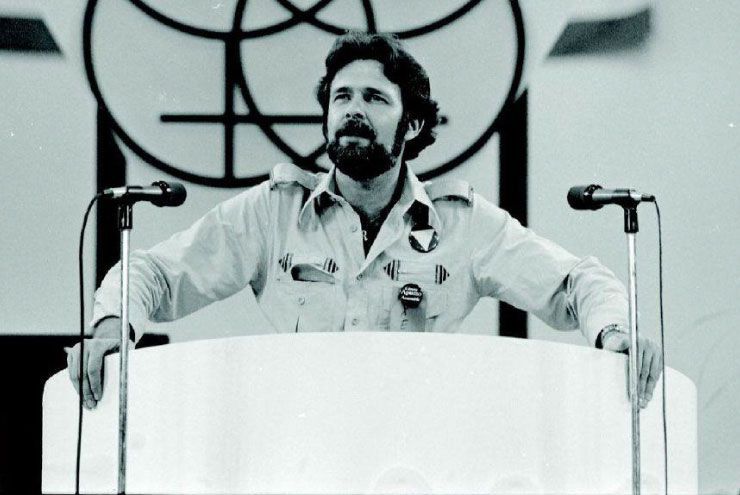
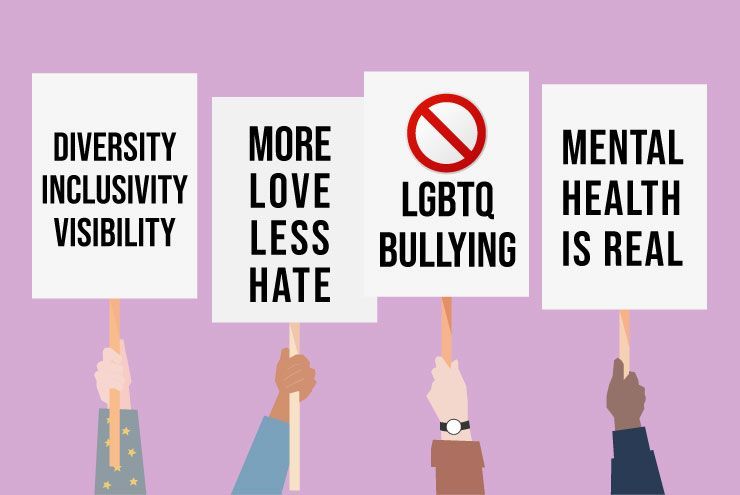
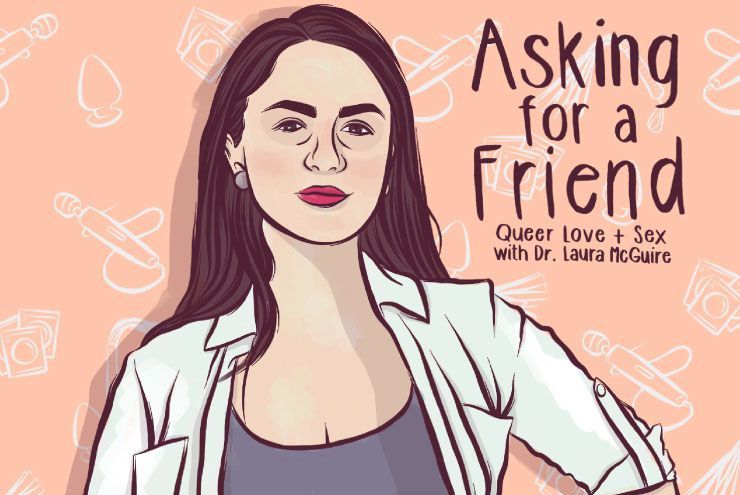
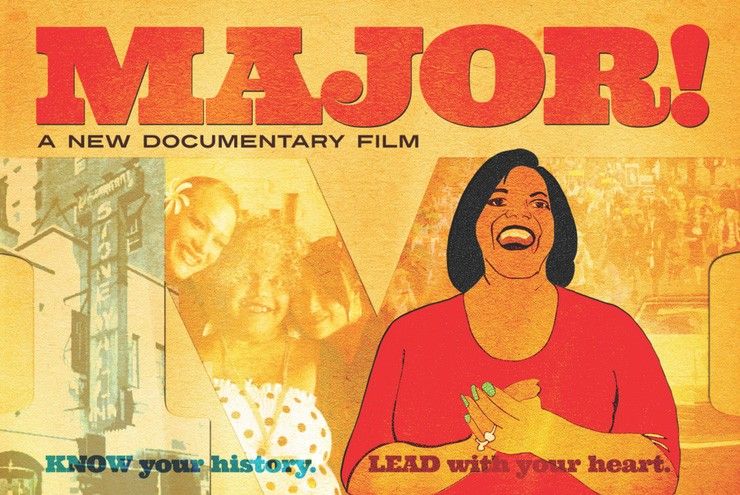


Bob
October 12, 2018 at 11:52 AMBarrett, an amazing story! Ray loves to tell the history of the fight. He and so many have wisdom to share. In subsets of our community, these issues continue and we’d we wise to heed their advise and counsel. The leaders mentioned gave not just of their time, but under fear of physical, emotional, financial retaliation. Yet, the persisted. Then, the AIDS crisis. For the demographic of your readers, think about losing 20-50% of your friends at your age. Yet, they persisted. Change comes from showing up, speaking up; at minimal, VOTING! Don’t let them push us back. Those we fought against in the 70s-80s are aged 60-70 and the largest voting block. In Harris County (TX) the average voting age is 69! These are the folks retired on social security and Medicare with nothing else to do but vote and keep you down – push you back. We’ve come a long way, but resting on laurels is a dangerous proposition. We need everyone to vote. Clearly, the baby boomers are running the show. Your LGBT seniors can’t hold the wall of change in place any longer without you. We need you to talk it up, but most importantly – show up; hopefully with a few friends. After all, we love a party!
JD Doyle
October 14, 2018 at 5:23 PMGood job…..you’ve been visiting my website….:)